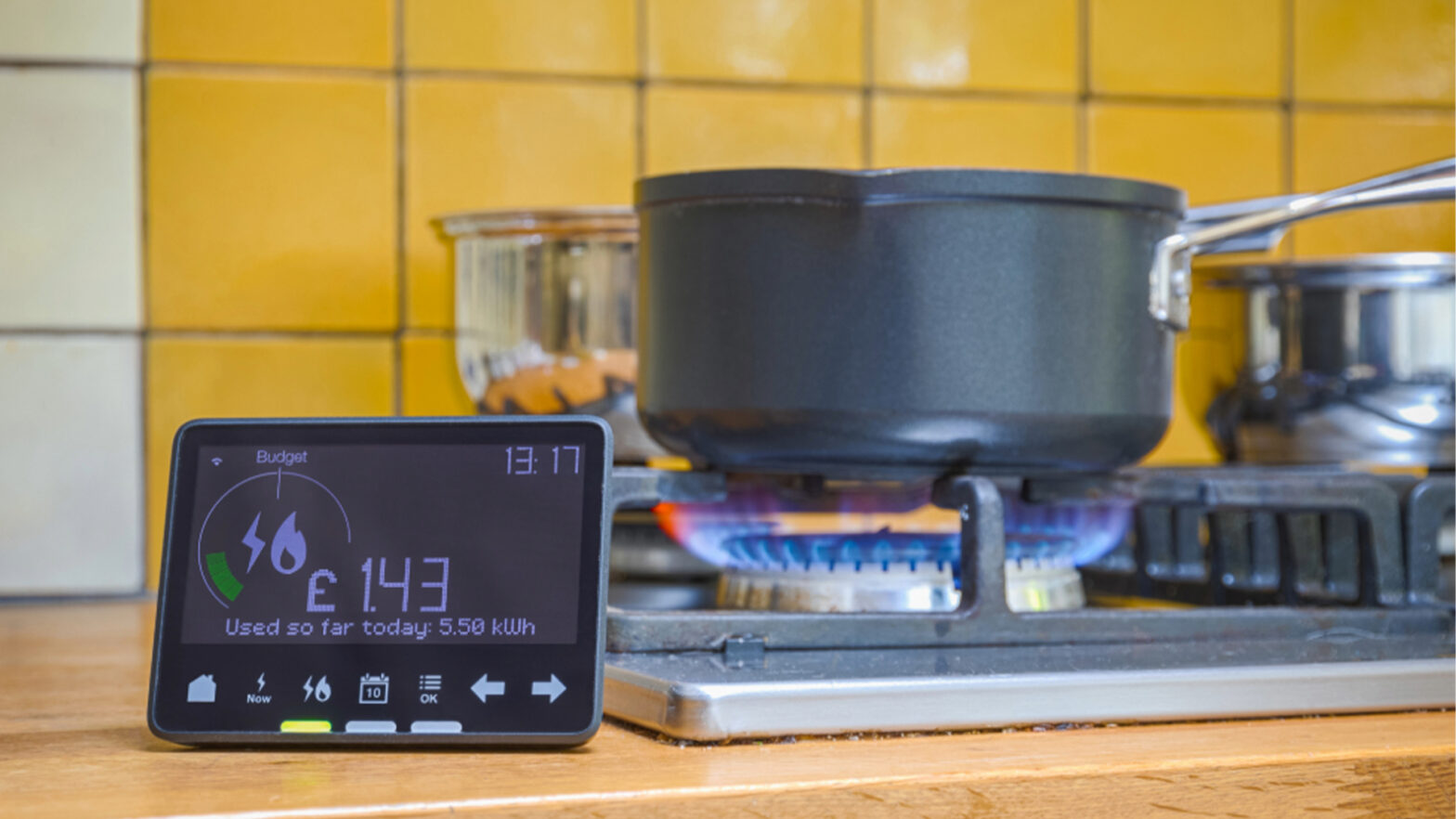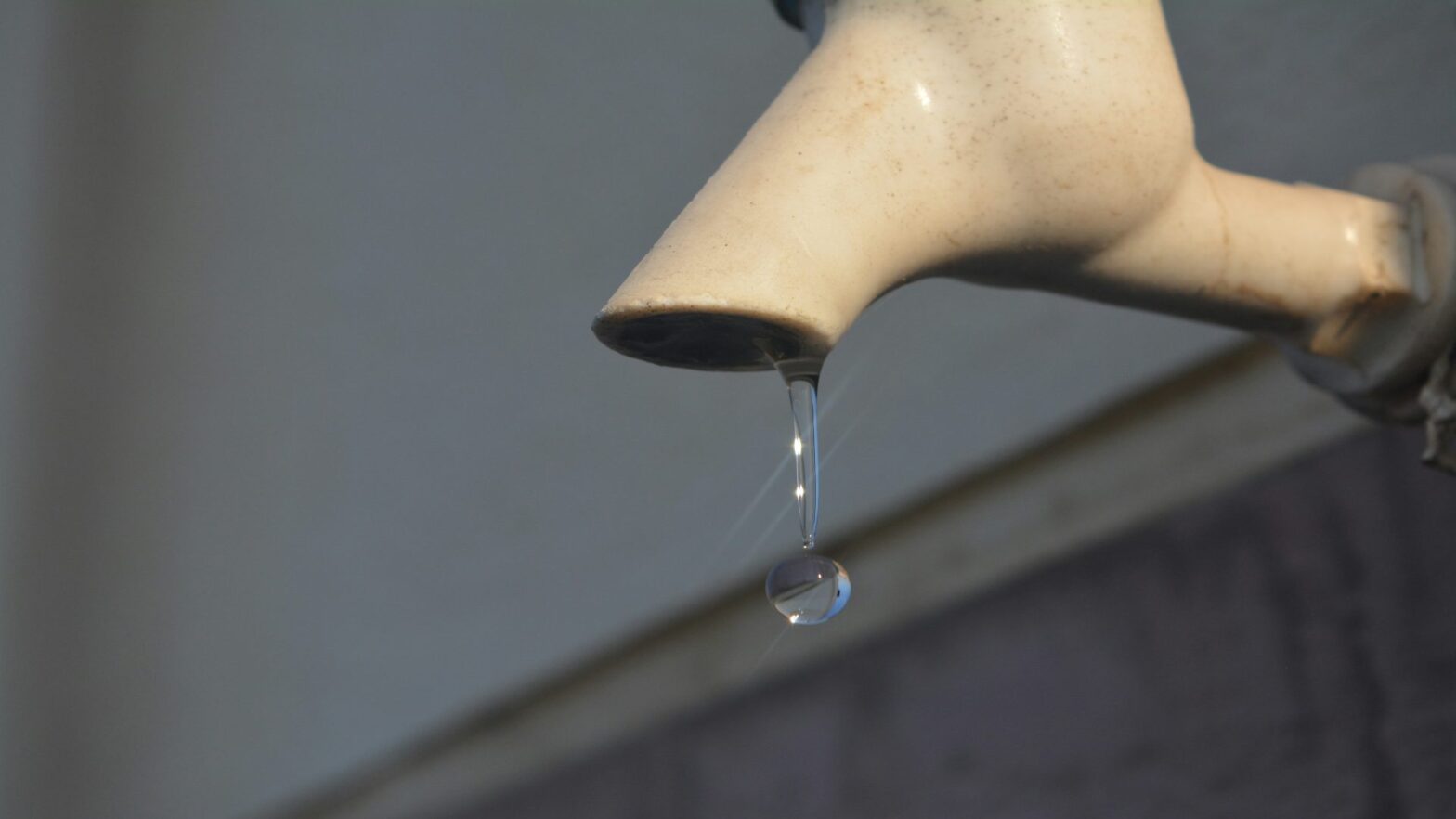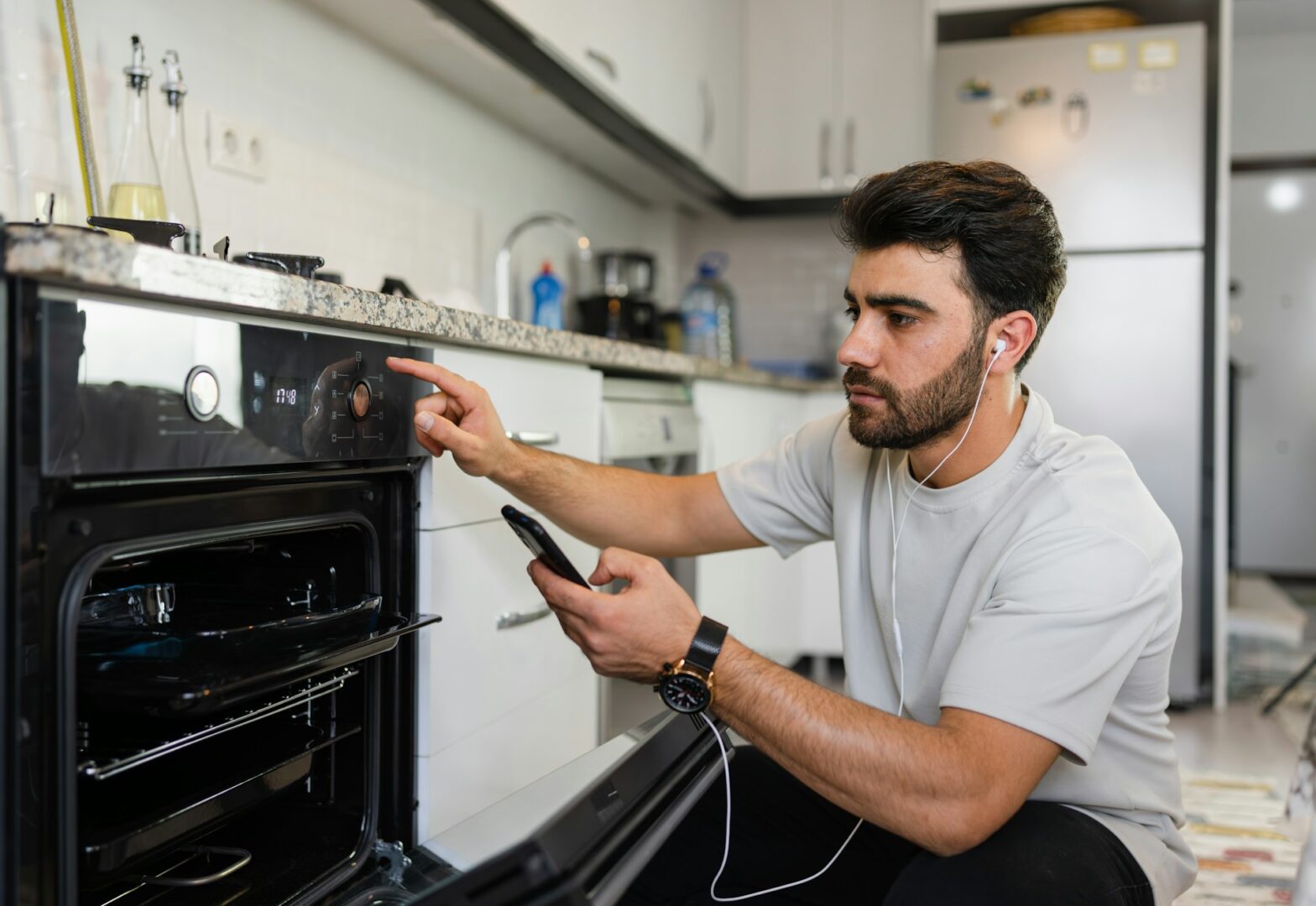
Between 1 October to 31 December 2024 the energy price cap is set to increase again to £1,717 per year for a typical household who use electricity and gas and pay by Direct Debit– meaning that Brits will be spending 61p a day on electricity – that’s £57 spent on electricity alone for remain of 2024 for most of the nation.
Knowing how much electricity your appliances are using is useful for ensuring that you’re cutting costs where possible, getting the most for your money, and helping you keep an eye on your spending a little bit better this time of the year.
Salah Sun, Head of Product Marketing at Beko Plc UK & Ireland, at Beko says: “Whether you’re focusing more on switching standby off or you’re finding appliances with the best energy ratings, every little helps when it comes to saving money at the moment. It is important that, even without your smart meter, you know how much each appliance is costing you and how to get the most for your money while they’re running.”
How to know how much energy you’re using
There are plenty of reasons why you’d want to know how much energy you’re using, from helping the environment to saving money, and there are a couple of ways you can figure it out. According to data, there are 32.4 million British homes and small businesses using smart meters to track their energy usage.
If you have a smart meter, you’ll be able to know how much energy your household is using overall, but if you want to know how much energy you’re using per appliance, knowing how to understand your energy rating labels and what they mean for you is a must.
Sun says: “Your energy rating can typically be found on the left- or right-hand side of your appliance – on a washing machine, it is found on the body at the side. These ratings will let you know how efficient they are. It is important to note that not all energy ratings are the same.
“A washing machine at a B grade would be more efficient than a B oven, for example, as a washing machine’s ratings run from A to G, whereas an oven’s energy rating will run from A+++ to D. Knowing this difference can save you from buying what you believe to be an energy-efficient product, which isn’t.”
Your energy rating label should tell you how much energy it uses. If you multiply this by the number of hours you use it and the price you pay per hour for energy, you’ll find out how much you’re paying per appliance.
One way to reduce your costs without changing the amount of energy you’re using is by knowing your peak tariff times. If you’re on a tariffed electric meter, you’ll be charged more for busy periods. Using appliances, such as your washing machine, kettle, or dishwasher, during quiet periods might be cheaper, but you’ll need to check with your energy provider.
Energy usage by appliance
Fridges
Your fridge-freezer will need a constant source of energy. The average fridge-freezer in the UK will use around 408 kWh per year. This means you’ll only need to use up around 1.12 kWh per day. The hourly wattage is lower than a lot of appliances in your kitchen, however, it still needs access to electricity 24/7, making it more costly over time.
To cut down your costs, you’ll need to make sure you leave the fridge door closed. Keeping the fridge or freezer doors open when in use can affect the circulation inside the fridge, impacting the internal temperature. Not only can this cause food to spoil if you leave it open for a substantial amount of time, but it could mean you’re wasting energy and money.
Washing Machines
Everything from your 8kg washing machine to larger drums can cost you to run, but finding the right one for you means that you can do the laundry you need to do without the added costs. Unlike some of the other items, including your common fridge-freezer, you aren’t using your washing machine constantly, so it can cost less to run depending on how often you do laundry.
Energy ratings for washing machines are calculated for 100 runs – this is usually calculated by comparing models used in eco-mode. For the most efficient model, you’ll want a washing machine with a B or higher on the energy rating label. These will be the models that will use the least water and energy to run – saving you money with each laundry load.
The average washing machine uses approximately 0.4-1.4 kWh per laundry run. This will differ depending on the size of your washing machine, as well as what settings and pre-programmed cycles you decide to use.
Sun says: “To get the most out of your washing machine, you’ll want to make sure you’re using the right cycle for what you need. You won’t always need the highest temperature setting, which is ideal for heavily soiled items, you might be able to use a cooler temperature (and less energy) if you separate your laundry correctly.
“The right machine for you can save you money too, with an A-rated machine saving you up to £528 across its lifetime.”
Dishwashers
On average, your dishwasher will be the priciest item to run in your kitchen. The average dishwasher requires somewhere between 1.2 to 1.5 kWh per run. However, it is important to remember that you won’t be using your dishwasher continually throughout the day. You might use it once at the end of the day.
To get the most out of your dishwasher, you’ll want to make sure it is stacked properly, to maximise the cleaning effort. Leaving mugs facing up won’t get them clean and can leave stagnant, potentially dirty, water in your cups until you reopen your washing machine. Again, running this at night, during the down period for energy use, might be the most economically beneficial, but you’ll need to check with your energy provider if this applies to you.
The cost-of-living crisis has been affecting every part of life and that doesn’t discount your kitchen. Your kitchen appliances are a must-have for food and cleanliness, but knowing how much energy they’re actually using and how to reduce this to save you some extra pennies each month is a must.




























